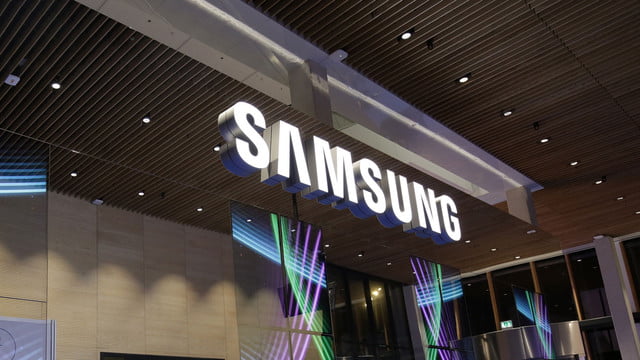
Kantar’s latest stats reveal that even though Samsung regained the top position, it experienced a drop of 1.1 percentage points over the past year. To push the manufacturer ahead, it had the help of its latest flagship phone — the Galaxy S8. Even with the top spot, Katar mentioned it was less than what was expected from a full product redesign.
Both Apple and Samsung also each have five models on the top ten best-selling list. The iPhone 7 and iPhone 7 Plus claim the top two spots with last year’s Samsung Galaxy S7 in third and the Galaxy S8 in fourth place. The report also mentions the LG G6 had minimal impact on sales, taking the thirteenth position and a 1.3 percent share in the U.S.
The latest smartphone OS data shows iOS performance was strong in the U.S., Japan, and Australia. Android on the other hand, made gains in Great Britain, Germany, and France. In urban China, the iOS share was flat at 19.2 percent bringing Apple down 0.4 percentage points year-over-year, with Android up one percentage point from last year.
As for European markets, Android accounted for 79.5 percent of smartphone sales, performing particularly well in France — thanks to the low and mid-tier Galaxy J series and A series models. The largest contributor was the growth that came from Huawei, with share gains coming from the P8 and P9 Lite models. Its flagship P10 on the other hand, didn’t make much of an impact in sales rankings.
In the European markets, Apple’s share in saw a decline in Great Britain and Italy but edged up in Germany, France, and Spain. Overall, the share was 18.4 percent, which brought it up 0.2 percent year-on-year. Although Apple was bumped out from the number one spot, it should still see a large increase in sales over over the second half of the year with the release of its new line of iPhones.
Editors' Recommendations
- An Apple insider just revealed how iOS 18’s AI features will work
- This one thing could make iOS 18 the best iPhone update in years
- What is Wi-Fi calling, and how does it work?
- Apple Sports app looks to rule live scores and stats on iOS
- Apple is about to change iPhone web browsing forever


